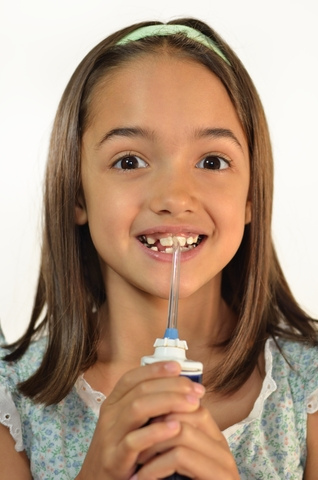Our Blog

Most people know when they have a cavity—they can either see it on their tooth or… ouch! They can feel it! But there are certain

Health and beauty trends surface on the web every day, and it can be difficult to tell which ones are worth your time, or even

Pregnancy can be one of the most exciting times in a woman’s life, as you eagerly wait for the birth of the new addition. Needless

Sometime around the late teens or early twenties, people’s wisdom teeth start to erupt. These are the third and final set of molars. When wisdom

As with any surgery, post-procedure care is of utmost importance after getting periodontal surgery. Bleeding, pain, swelling, and other sensations are common and should be

Water picks, sometimes called “oral irrigators,” make an excellent addition to your regular home care regimen of brushing and flossing. Especially helpful to those who

The “Back to School” ads are out already? Halloween candy’s showing up in stores? Just a minute—summer isn’t quite over yet! While the days are

At San Elijo Dental, we know the human mouth contains a lot of bacteria. A bacterium can travel through your body with routine activities that

While Dr Karina Gregg and our team tell you daily oral hygiene habits, such as brushing and flossing, are essential to optimal oral health, regular

